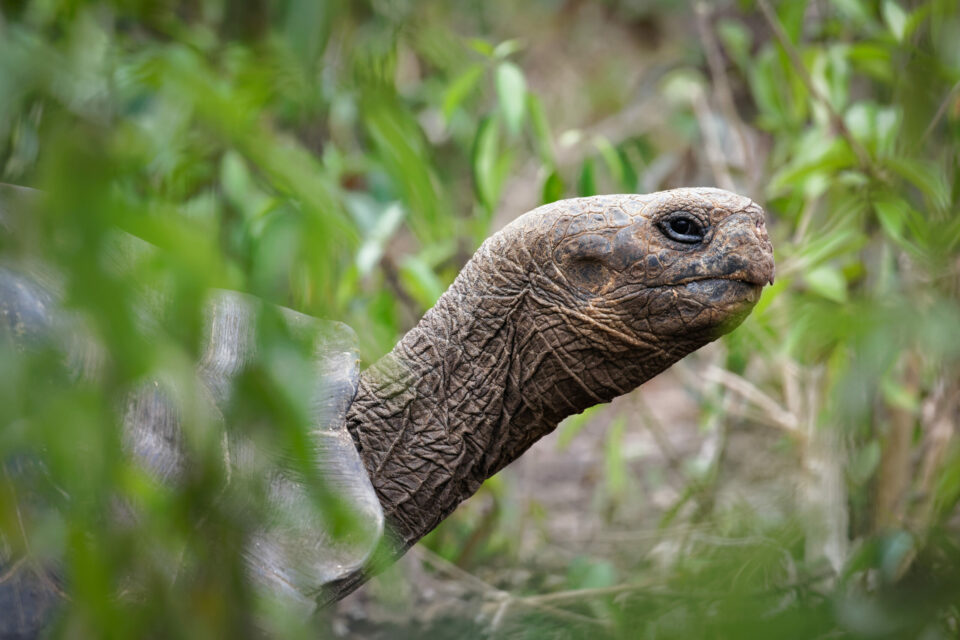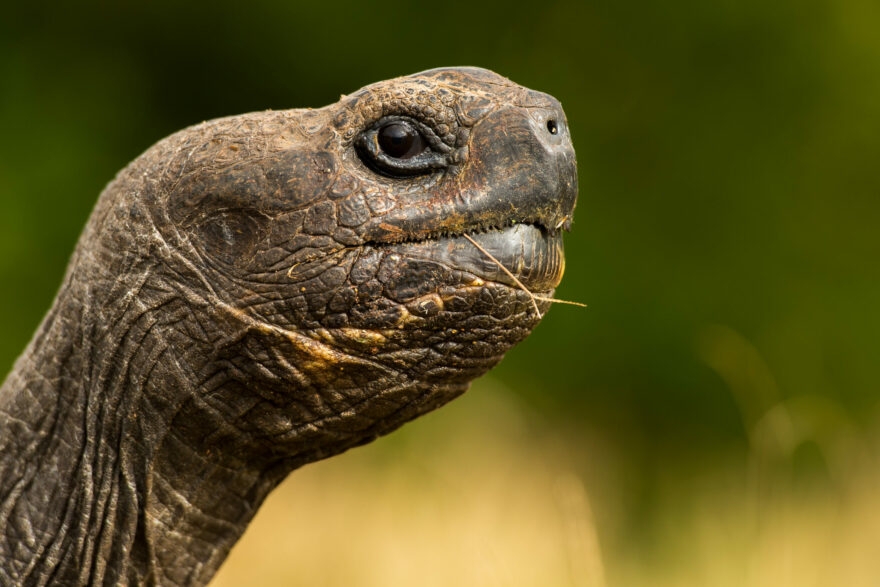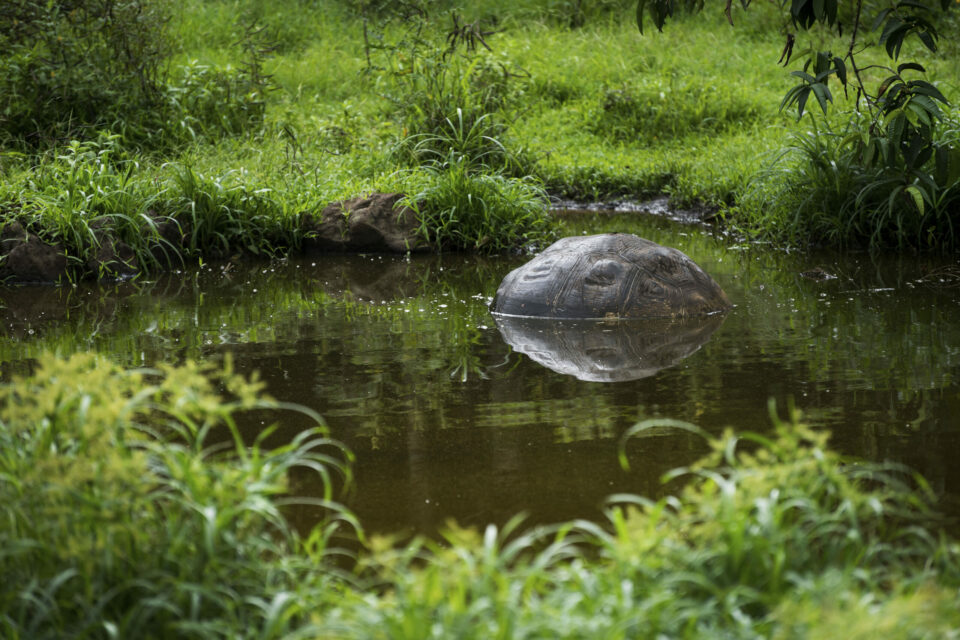

10 year anniversary of the death of Lonesome George
Today marks 10 years since Lonesome George, the world’s last Pinta island giant tortoise, died.
Since he was discovered in 1972, Lonesome George had always been the last of his kind. Pinta giant tortoises (Chelonoidis abingdonii), a species of Galapagos giant tortoise, were wiped out when goats were introduced to the island and decimated their food supply. To ensure his survival, Lonesome George was transferred to a research facility on another island, where he lived out his days until he passed away on the morning of June 24, 2012.
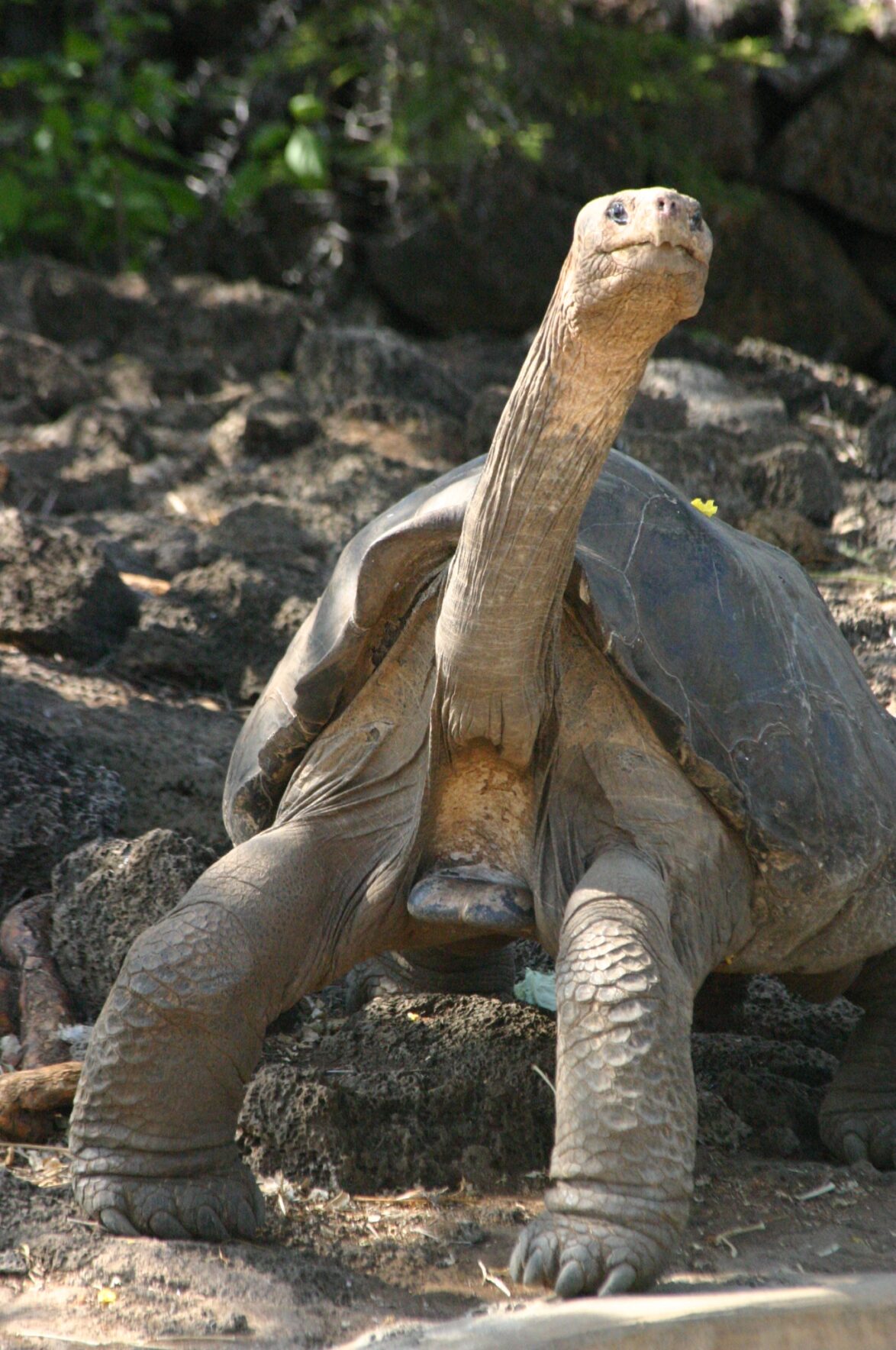
As the last known individual of his species, George continues to be a permanent icon of Galapagos conservation efforts, and a symbol of the fragility of the natural world.
Today, George’s memory lives on in everyone who supports and works to protect the habitats and wildlife in Galapagos. There is arguably no better example of this than with the recent discovery of Fernanda, a female tortoise from a believed-to-be extinct species, found alive on Fernandina island!
How an ‘extinct’ Galapagos giant tortoise was rediscovered after a century
The Fernandina giant tortoise (Chelonoidis phantasticus) was once known only from a single male specimen collected during a scientific expedition in 1906. This was until a female giant tortoise, named Fernanda after her Fernandina island home, was found on the island in 2019 by an expedition led by the Galapagos National Park.
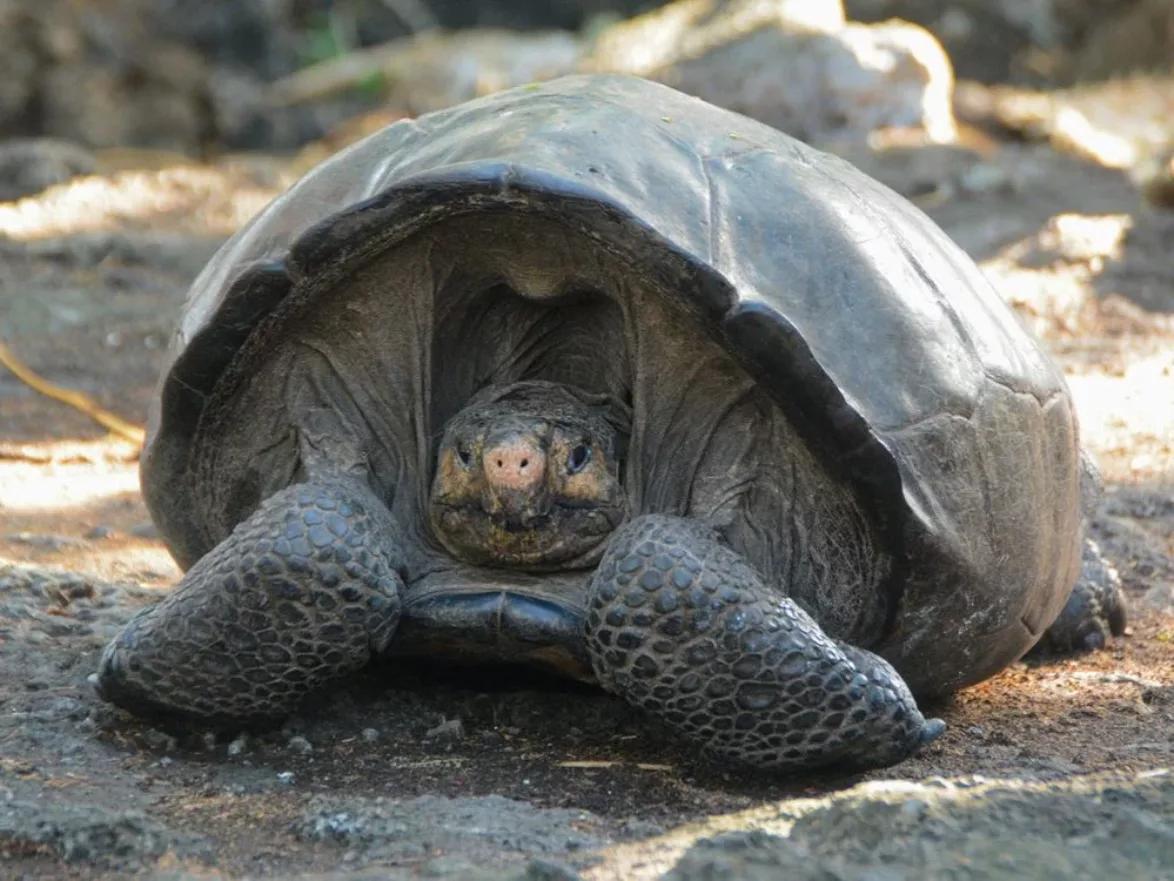
Recently, scientists from Princeton University and Yale University extracted Fernanda’s DNA, along with that of the 116-year-old male specimen, revealing that the two are genetically distinct from all other species of Galapagos giant tortoise.
Researchers had found previous evidence of tortoise faeces on Fernandina island, leading some to believe that the species were still alive. However, the volcanic island is difficult to access, making searching for surviving tortoises a challenge. While the most recent search failed, researchers are optimistic that there could be other survivors on Fernandina Island. If a male of the species can be located, the Fernandina giant tortoises might be able to breed their way back from the brink of extinction – and Fernanda will no longer be alone!
Lonesome George was a special tortoise with the special power to communicate the urgency of the conservation message in Galapagos…even in death, his message lives on.
Related articles


The return of the Floreana giant tortoise
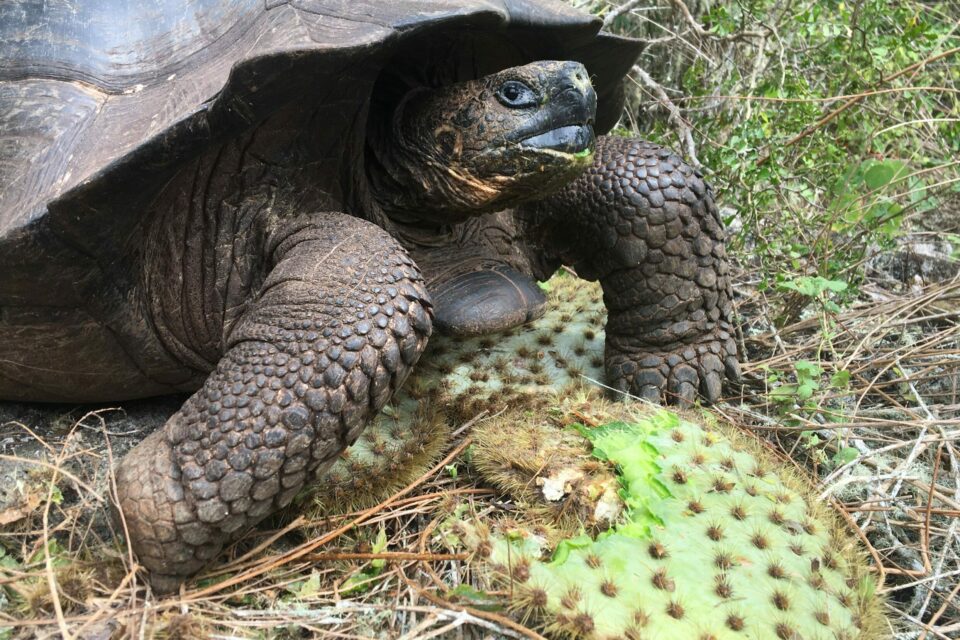
Galapagos giant tortoises: An update from the field
